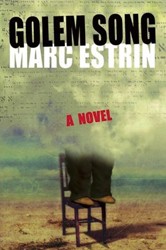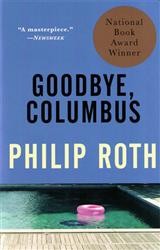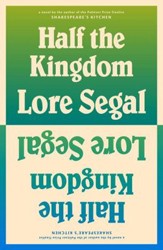Daša Drndić’s Belladonna is a novel easy to admire but hard to love: Admirable for its profound exploration of twentieth-century history, its in-depth exploration of the aging process, and its laser-like moral acuity, but hard to love for its unrelenting bleakness.
Andreas Ban, a psychologist and the central consciousness of the novel, is in a state of decline. He suffers from numerous ailments, including a rare male breast cancer. He is also haunted by history, particularly the history of Croatia’s role in the Holocaust. Though not Jewish himself, Ban bears personal witness to Croatia’s studied, deliberate indifference to the fate of its Jews. As in her earlier novel, Trieste, Daša Drndić’s narration — fractured, nonlinear, and episodic — models the world it portrays.
Seared into the center of Belladonna is the interlarded story of Rudolf Sass, a Croatian whose father was a collaborator. As a teenager, Sass endures the occupation of Belgrade and watches the Jewish children who were fellow friends and students disappear. Drndić writes, “It is July 1941. Rudolf’s friends are gone, Kari, Enzi, the little “ballerina” Lilli who flits on the tip of her toes.”
Then, in August, the killings begin, the corpses hung from telegraph poles, and Sass’s father instructs him not to look as they walk down the street. Sass’s mother still wears silk stockings and the family dines on plump fowl. The following October, Sass learns that all the Jews who had been gathered in a nearby castle have been taken into a killing field.
After the war, in 1945, the mass grave is opened up. The mortal remains of the Jewish community of Zasavica are transferred to the Šabac Jewish Cemetery and then, in 1959, to the Sephardic Cemetery in Belgrade. Drndić simply lists in two columns the names of 1,055 souls, last name then first name, with their ages and occasionally their professions. The list, one of several in the book, continues for thirteen pages.
Rudolf Sass leaves Yugoslavia to become a doctor in Switzerland, where he marries and raises a family, but suffers from (clearly symbolic) pruritus ani. Consulting with Adam Kaplan, a psychotherapist and Holocaust survivor, Sass opens but closes a window into a reckoning with his past. Drndić powerfully writes, “Life pulled its strings which Rudolf Sass obediently accepted, in the end, by anaesthetizing his Swiss patients, himself becoming numb, quiet, reconciled to his polished inner being in which he stored his family filth.”
Adam Kaplan, who is Andreas Ban’s friend, ultimately kills himself. And Andreas Ban, history-haunted, eventually ingests a large number of belladonna berries, the poisonous plant, in a complex and ambiguous suicide attempt.
Belladonna is an extended exploration of the European “family filth” that arose in the first half of the twentieth century, and sadly is still with us today, as nation after nation succumbs to autocratic urges. This is a critical novel for our time.
Josh Hanft holds Advanced Degrees in English and Comparative Literature from Columbia University and curated the renowned reading series, Scribblers on the Roof, for over twenty years.





